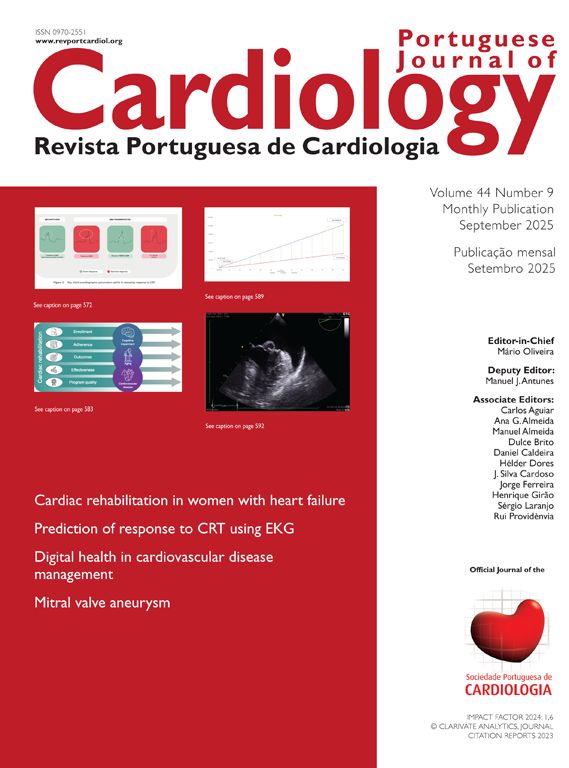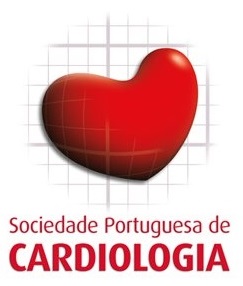Improvement of hemodynamic parameters is the rationale for the use of intra-aortic balloon pump counterpulsation (IABP) in patients with cardiogenic shock following acute myocardial infarction (MI). This Cochrane systematic review evaluated the impact of this intervention in reducing mortality. Seven randomized controlled trials with a total of 790 patients were included (four using medical therapy as a comparator, and three comparing IABP with other ventricular assist devices). IABP did not reduce mortality in either the short or long term. Therefore, the systematic use of IABP in patients with cardiogenic shock following MI cannot be recommended.
A melhoria de parâmetros hemodinâmicos justifica o uso do balão intra-aórtico (BIA) em doentes com enfarte agudo do miocárdio (EAM) complicado por choque cardiogénico. Esta revisão sistemática da Cochrane avaliou o potencial impacto desta intervenção na mortalidade. Foram avaliados sete ensaios clínicos aleatorizados e controlados com um total de 790 doentes (quatro estudos utilizando a terapêutica médica como comparador e três estudos compararam o BIA com outros dispositivos de assistência ventricular). O uso de BIA não reduziu significativamente a mortalidade a curto ou a longo prazo nos doentes com EAM e choque cardiogénico. Não existe evidência que suporte o seu uso sistemático nestes doentes.
Unverzagt S, Buerke M, de Waha A, Haerting J, Pietzner D, Seyfarth M, Thiele H, Werdan K, Zeymer U, Prondzinsky R. Intra-aortic balloon pump counterpulsation (IABP) for myocardial infarction complicated by cardiogenic shock. Cochrane Database of Systematic Reviews 2015, Issue 3. Art. No.: CD007398. doi:10.1002/14651858.CD007398.pub3.
What is the impact of intra-aortic balloon pump counterpulsation (IABP) in patients with cardiogenic shock following acute myocardial infarction (MI)?
ObjectivesTo evaluate the efficacy and safety of IABP versus non-IABP treatment in patients with MI complicated by cardiogenic shock.
Description of reviewA systematic review was performed of all randomized controlled trials (RCTs) of patients with MI complicated by cardiogenic shock1 that assessed the use of IABP compared to non-IABP treatment including other ventricular assist devices.
Searches of the Cochrane Central Register of Controlled Trials (CENTRAL), MEDLINE, EMBASE, LILACS, IndMed, KoreaMed, and registers of ongoing trials were performed in October 2013.
Data were pooled in meta-analyses. Hazard ratios (HR) with 95% confidence intervals (CI) were used to express time-related variables such as time to event and dichotomous variables were expressed as odds ratios (OR) with 95% CI.
ResultsSeven trials were included, with a total of 790 patients (406 in the intervention groups and 384 in the control groups). Four trials compared IABP to standard therapy and three to other left ventricular assist devices (two with the TandemHeart® and one with the Impella®).
None of the trials were blinded to treatment allocation. All patients were revascularized, 95% by primary angioplasty and 5% by fibrinolysis. Mean time of IABP support was 59 hours.
The proportion of fatal events at 30 days was around 40%. Aggregate analysis of the trials provided no evidence for a beneficial effect of IABP on mortality 30 days after the index event (HR 0.95; 95% CI 0.76–1.19) (Figure 1). Six-month mortality was also similar to other treatment strategies (OR 0.96; 95% CI 0.71–1.30).
30-day mortality with IABP (adapted from Unverzagt et al.1). CI: confidence interval; HR: hazard ratio; IABP: intra-aortic balloon pump counterpulsation; RCTs: randomized controlled trials; VADs: ventricular assist devices.
During hospitalization, 15 (4.12%) out of 364 patients from the intervention groups suffered severe adverse events (reinfarction or stroke), compared to five (1.38%) out of 363 from the control groups.
ConclusionsAvailable evidence, based on RCTs, does not support the systematic use of IABP in patients with cardiogenic shock secondary to MI to improve survival.
CommentCardiogenic shock is a complication of MI in 5–7% of cases and is associated with high mortality.2 There is little evidence concerning treatment of this extremely serious condition; only coronary revascularization has been shown to reduce mortality significantly at six months.3
The physiological basis for inflation of an IABP in the thoracic aorta in diastole is that it will improve certain hemodynamic parameters that affect prognosis, particularly by enhancing coronary flow, reducing afterload and increasing the cardiac index. As with any medical intervention, its systematic use must be based on methodologically robust studies. In this review, IABP did not reduce mortality in either the short or long term in the pooled analysis of RCTs.1,4 With regard to the adverse events most often associated with IABP (stroke, peripheral ischemic vascular complications, bleeding and sepsis), the most robust study (IABP-SHOCK II) showed no significant differences between IABP and medical therapy.5
It should be borne in mind that the overall assessment of the impact of IABP in this systematic review is limited by certain factors, including the lack of blinding to treatment allocation, the inclusion of trials with small study populations and high crossover rates, and the inclusion of patients with IABP at randomization.
Clinical implicationsThe European Society of Cardiology guidelines for the management of MI with ST-segment elevation state that IABP may be considered (class of recommendation IIb, level of evidence B) in patients with MI complicated by cardiogenic shock, while other ventricular assist devices have the same class of recommendation (IIb) but a lower level of evidence (C).6
The American College of Cardiology Foundation/American Heart Association guidelines for the management of heart failure give class of recommendation IIa, level of evidence B, for ventricular assist devices in patients with MI and cardiogenic shock refractory to medical therapy.7
IABP thus has only a secondary role in the treatment of MI-related cardiogenic shock, and its routine use is not recommended, since the intervention does not lead to clear benefits.
Ethical disclosuresProtection of human and animal subjectsThe authors declare that no experiments were performed on humans or animals for this study.
Confidentiality of dataThe authors declare that no patient data appear in this article.
Right to privacy and informed consentThe authors declare that no patient data appear in this article.
Conflicts of interestThe authors have no conflicts of interest to declare.
Please cite this article as: Caldeira D, Pereira H, Costa J, Vaz-Carneiro A. Cochrane Corner: uso do balão intra-aórtico em doentes com enfarte agudo do miocárdio complicado com choque cardiogénico. Rev Port Cardiol. 2016;35:229–231.







